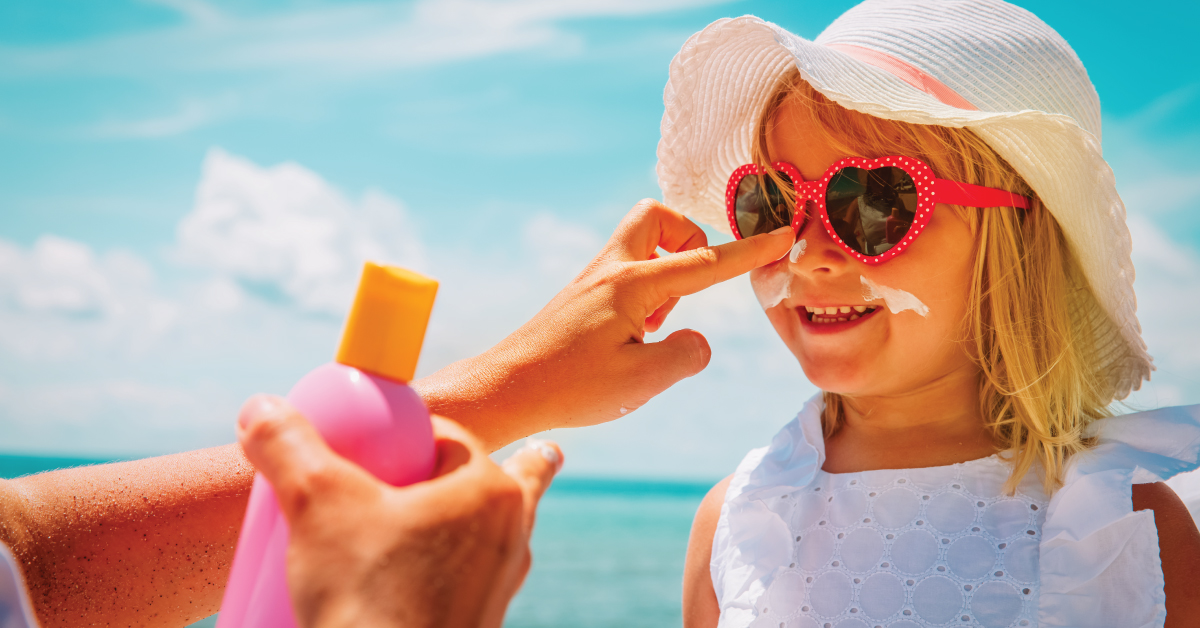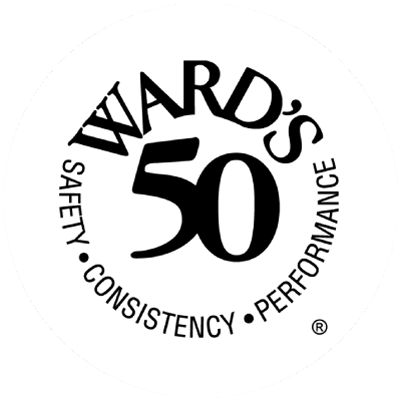
With the warm weather finally here, it’s just natural to want to get outside and enjoy the sunshine. Make sure you’re protected from the dangers of the sun so you can have fun while staying safe.
Today, skin cancer is the most common cancer diagnosed in the United States1. Ultraviolet (UV) rays – from the sun and other sources like tanning beds – are the #1 cause of skin cancer2. Too much exposure can also cause sunburn, eye damage, and premature wrinkles. And it doesn’t take long for the sun to do its damage, as UV rays can damage your skin in as little as 15 minutes3.
- Limit your sun time, especially between 10 a.m. and 4 p.m.4 That’s when the sun’s rays are at their strongest. You can also find or create shade during those hours, such as under trees or a beach umbrella.
- Say no to tanning. There’s no such thing as a safe tan, whether you’re inside or outside. It’s a myth that indoor tanning is a safer alternative to sun tanning. Tanning beds, tanning booths, and sunlamps expose you to intense UV radiation, which increases your risk of skin cancer and skin damage.
- Forget the vitamin D “excuse”. Tanning isn’t a safe way to get vitamin D. If you’re concerned about your vitamin D levels, talk to your doctor about the sources that are best for you.
- Get to know your skin. Skin cancer is easier to treat when caught early, so get to know your skin and watch for changes. Look for new skin markings, like moles, bumps, scaly spots, or places where your skin has changed color. Watch moles for changes in size, texture, color, or shape. Take note if a mole has uneven edges, differences in color, or one half that is different than the other. You can also watch for moles, sores, or growths that continue to bleed, won’t heal, or look different from any other growth you may have. Talk to your doctor if you notice any of these changes.
Choosing the right sunscreen5
U.S. Food and Drug Administration regulations require the labels on sunscreens to follow certain guidelines:
- Choose a sunscreen with “broad-spectrum” protection. These sunscreens protect against both UVA and UVB rays. All sunscreen products protect against UVB rays, the main cause of sunburn, but UVA rays also contribute to skin cancer and premature aging.
- Choose a sunscreen with an SPF of at least 30. The SPF number is the level of protection the sunscreen provides against UVB rays. No sunscreen protects you completely. The FDA requires any sunscreen with an SPF below 15 to carry a warning that it only protects against sunburn, not skin cancer or skin aging.
- “Water resistant” does not mean “waterproof.” No sunscreens are waterproof or “sweat-proof,” and manufacturers are not allowed to claim that they are. For best results, reapply sunscreen at least every 2 hours and even more often if you are swimming or sweating.
- Check the expiration date before using a sunscreen. Most sunscreens are good for at least 2 to 3 years. Sunscreens that have been exposed to heat for long periods, if they were kept in the car all summer for example, may not work as well.
Further sun safety guidelines to follow
- Shade6: You can reduce your risk of skin damage and skin cancer by seeking shade under an umbrella, tree, or other shelter before you need relief from the sun. Your best bet to protect your skin is to use sunscreen or wear protective clothing when you’re outside—even when you’re in the shade.
- Clothing: When possible, long-sleeved shirts and long pants and skirts can provide protection from UV rays. Clothes made from tightly woven fabric offer the best protection. A wet T-shirt offers much less UV protection than a dry one, and darker colors may offer more protection than lighter colors. If wearing this type of clothing isn’t practical, at least try to wear a T-shirt or a beach cover-up. Keep in mind that a typical T-shirt has an SPF rating lower than 15, so use other types of protection as well.
- Sunglasses: Protect your eyes from UV rays that can cause eye problems, including cataracts. Sunglasses needn’t be expensive; look for a wrap-around pair that says it blocks 99% or 100% of UVB and UVA rays.
- Hat: For the most protection, wear a hat with a brim all the way around that shades your face, ears, and the back of your neck. A tightly woven fabric, such as canvas, works best to protect your skin from UV rays. Avoid straw hats with holes that let sunlight through. A darker hat may offer more UV protection.
And don’t forget to keep children safe in the sun. All of these tips are important for them, including hats, sun block and sunglasses. Just as sun damage to our skin starts when we are young, so can safe sun habits.
Finally, remember to check your local and state regulations regarding COVID-19 closures, and keep in mind social distancing rules.
Sources:
- Women’s health U.S. government website, https://www.womenshealth.gov/blog/7-tips-sun-safety
- American Cancer Society, https://www.cancer.org/latest-news/stay-sun-safe-this-summer.html
- Centers for Disease Control and Prevention, https://www.cdc.gov/cancer/skin/basic_info/sun-safety.htm
- Women’s health U.S. government website, https://www.womenshealth.gov/blog/7-tips-sun-safety
- American Cancer Society, https://www.cancer.org/latest-news/stay-sun-safe-this-summer.html
- Centers for Disease Control and Prevention, https://www.cdc.gov/cancer/skin/basic_info/sun-safety.htm
*This article was originally published June 10, 2020



